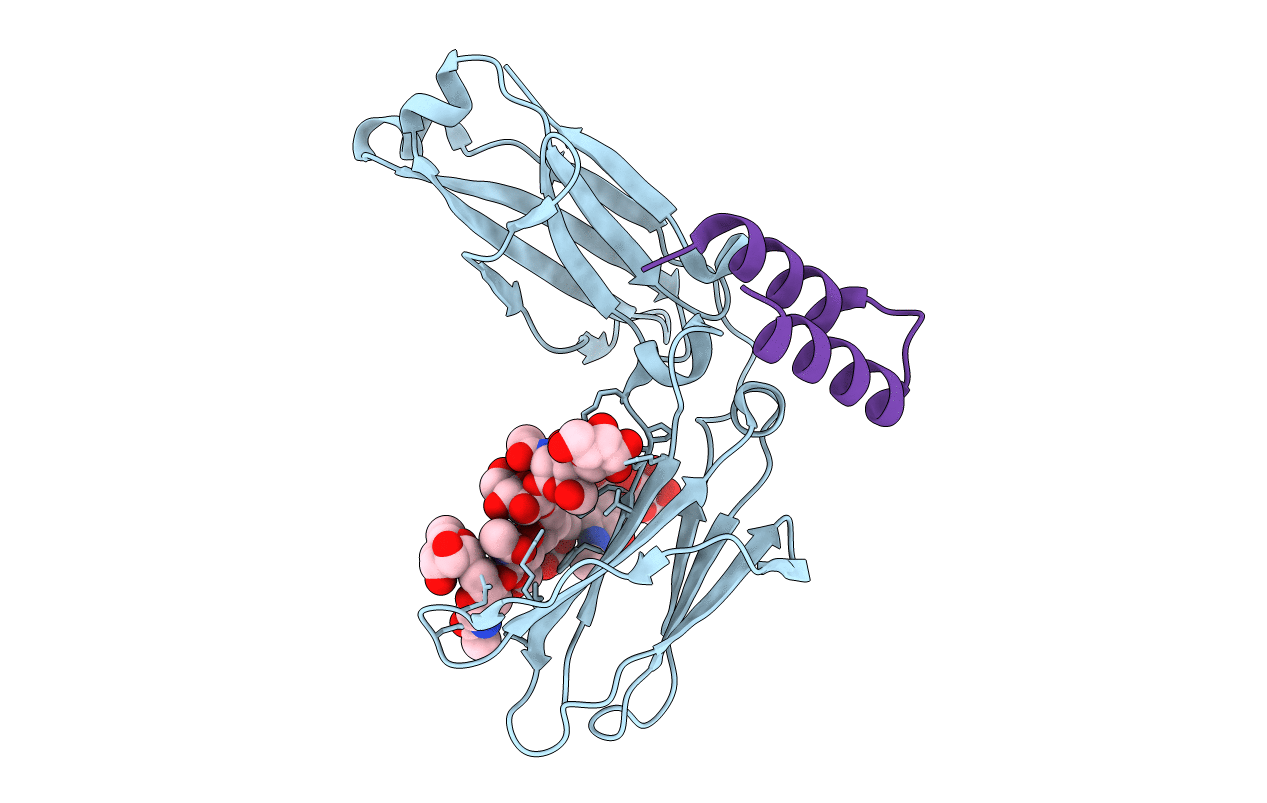
Deposition Date
2002-03-14
Release Date
2002-04-10
Last Version Date
2024-10-16
Entry Detail
PDB ID:
1L6X
Keywords:
Title:
FC FRAGMENT OF RITUXIMAB BOUND TO A MINIMIZED VERSION OF THE B-DOMAIN FROM PROTEIN A CALLED Z34C
Biological Source:
Source Organism:
Homo sapiens (Taxon ID: 9606)
Host Organism:
Method Details:
Experimental Method:
Resolution:
1.65 Å
R-Value Free:
0.28
R-Value Work:
0.20
R-Value Observed:
0.20
Space Group:
C 2 2 21


